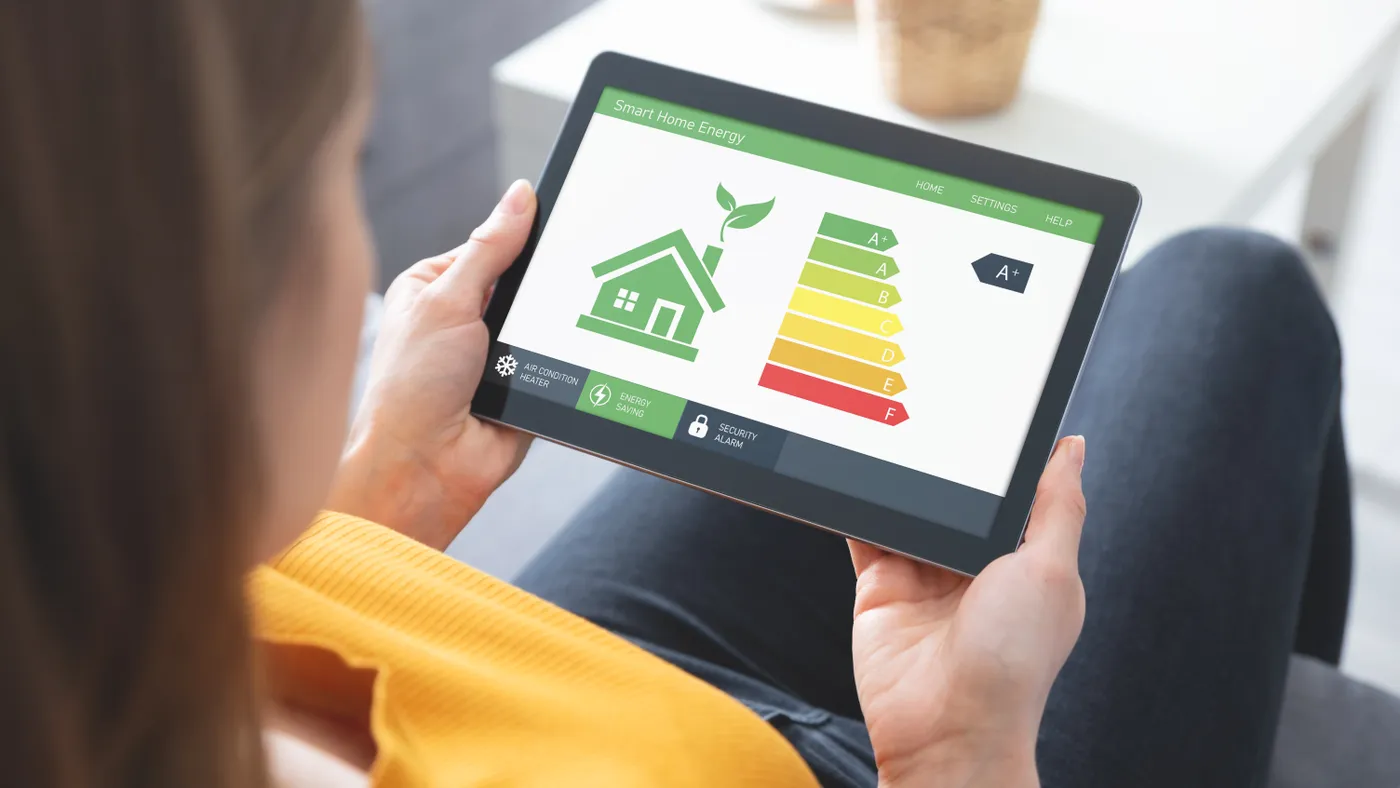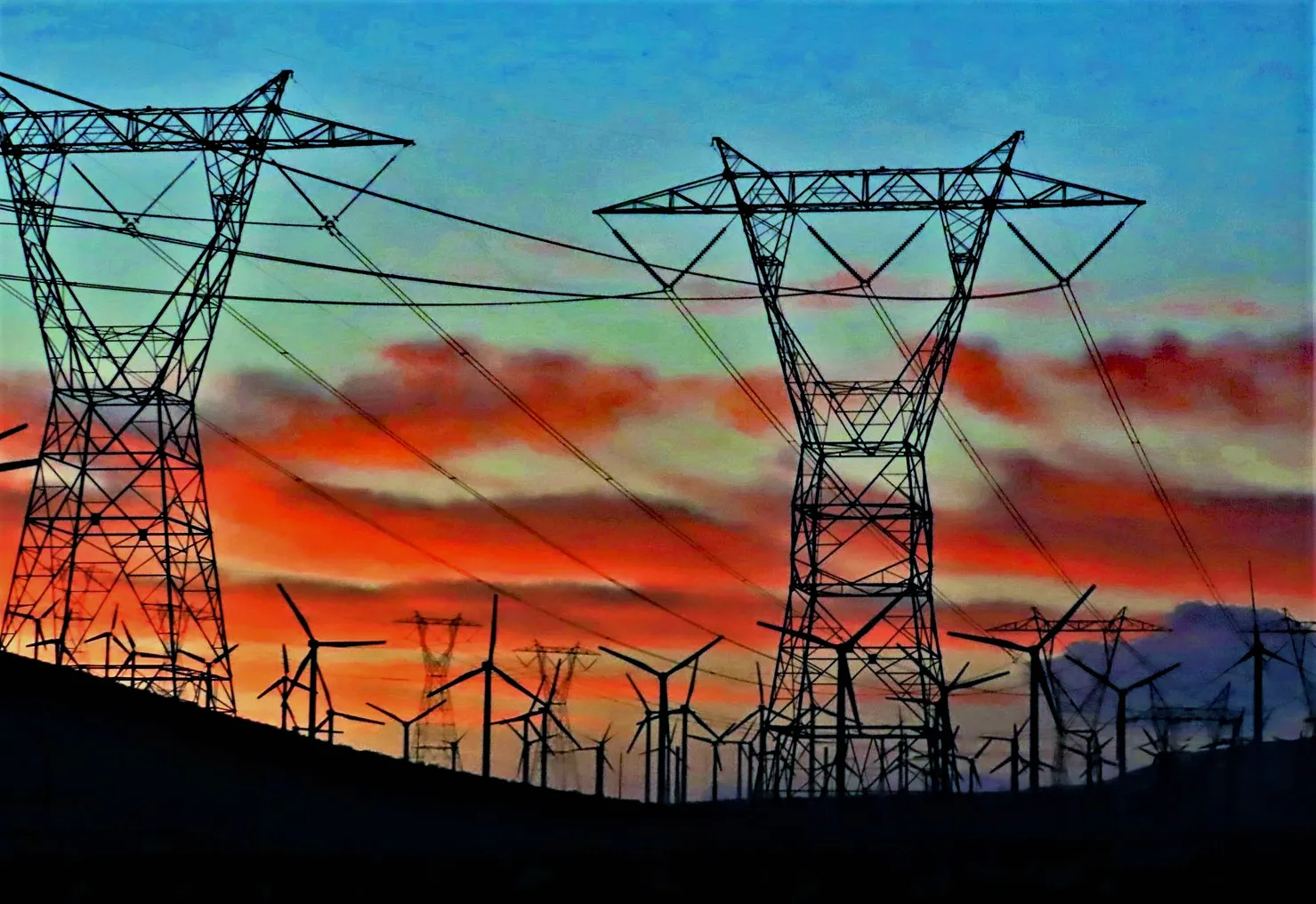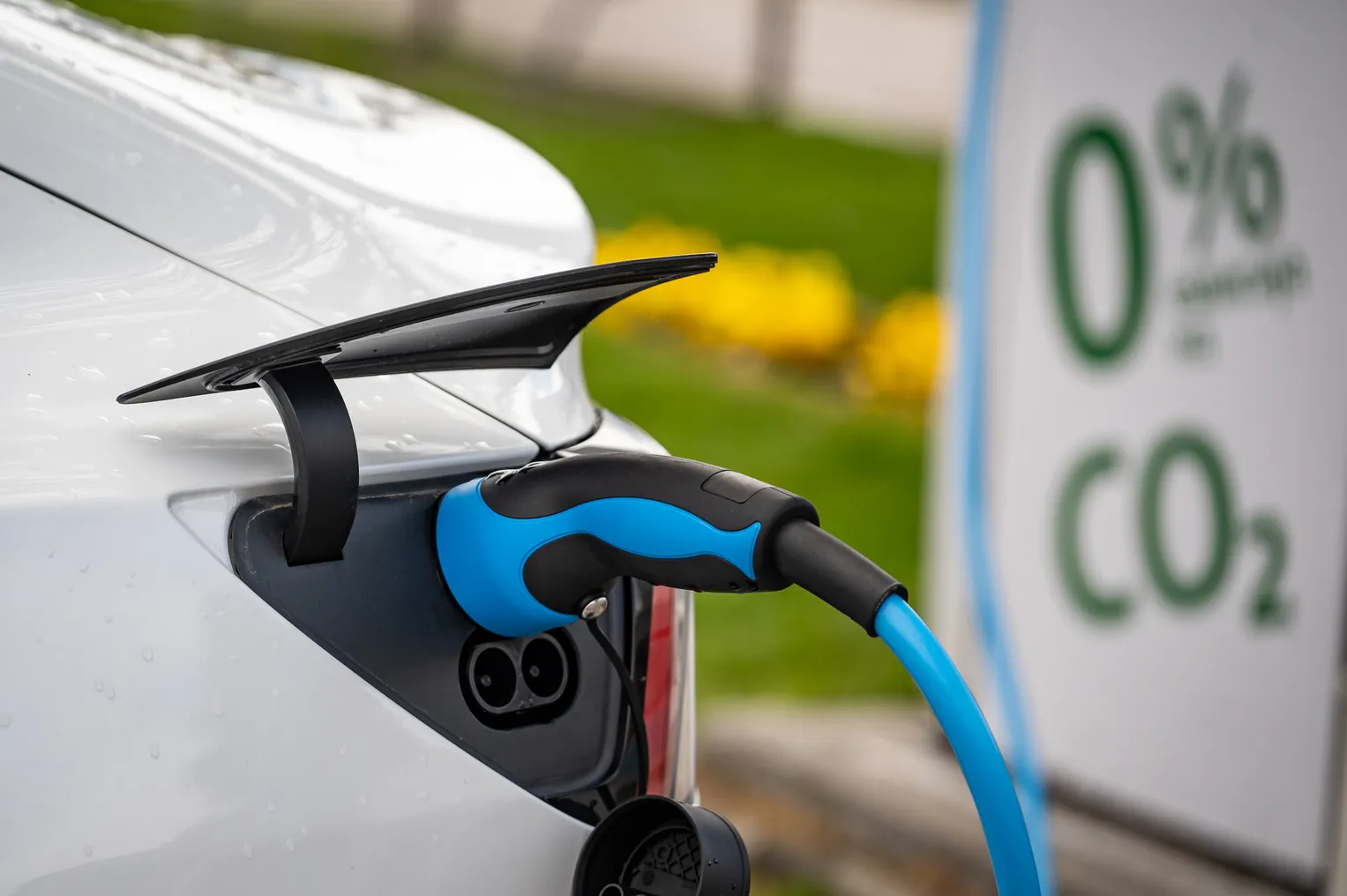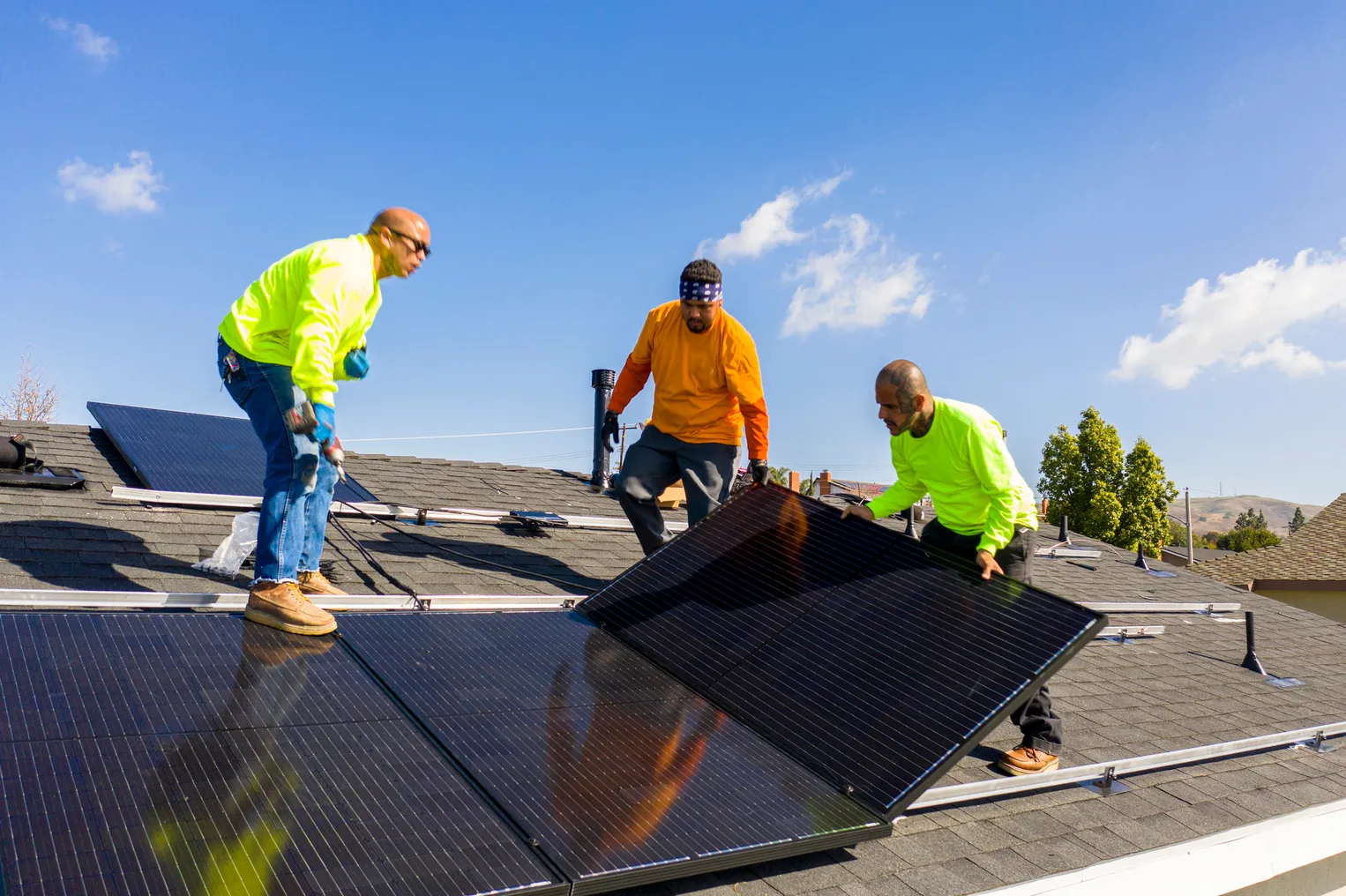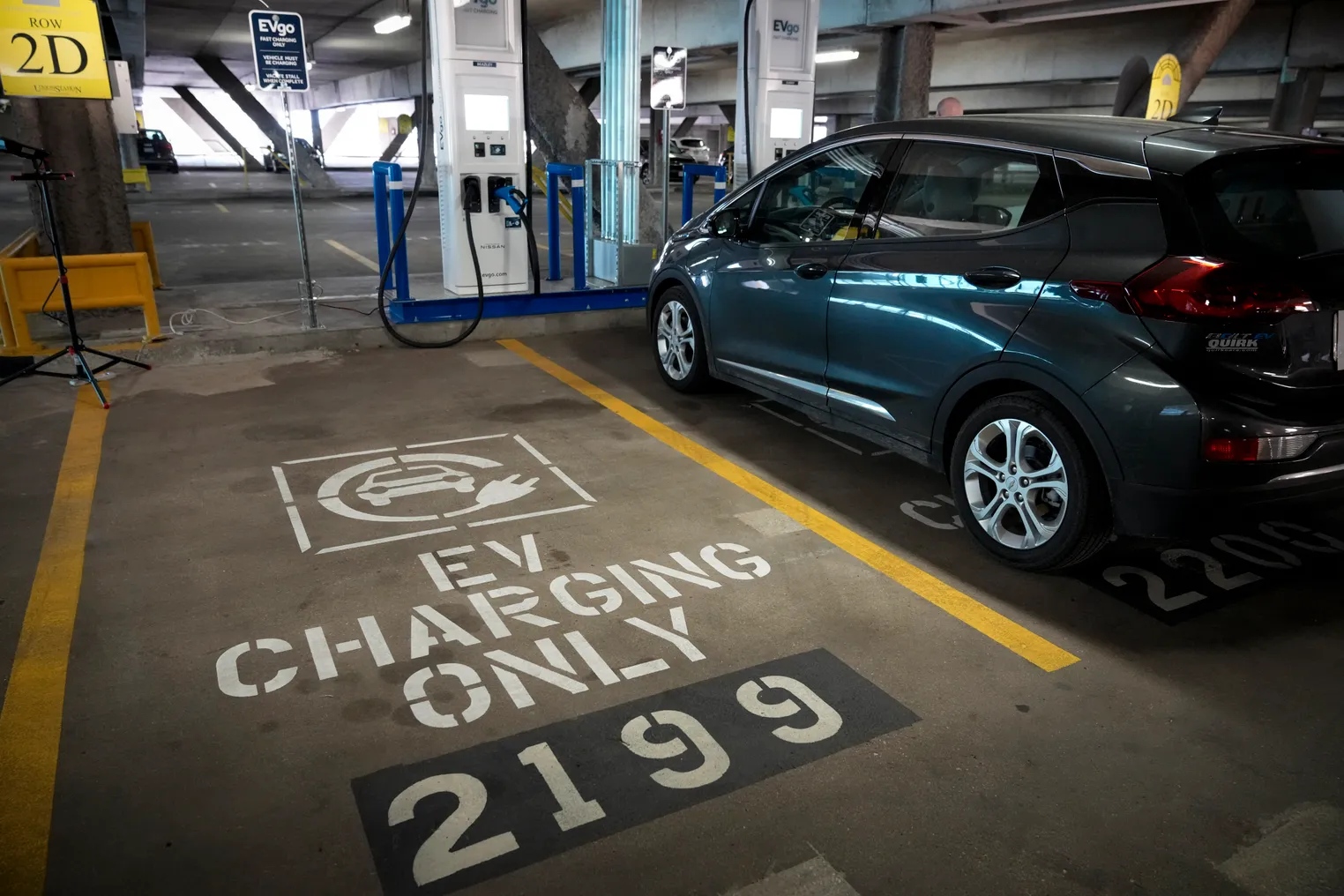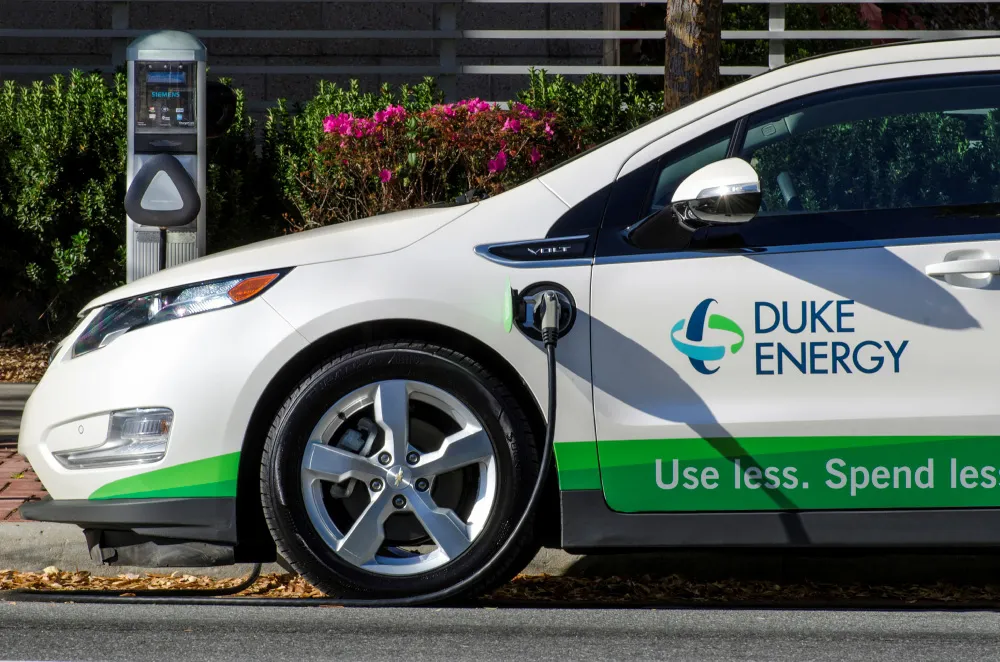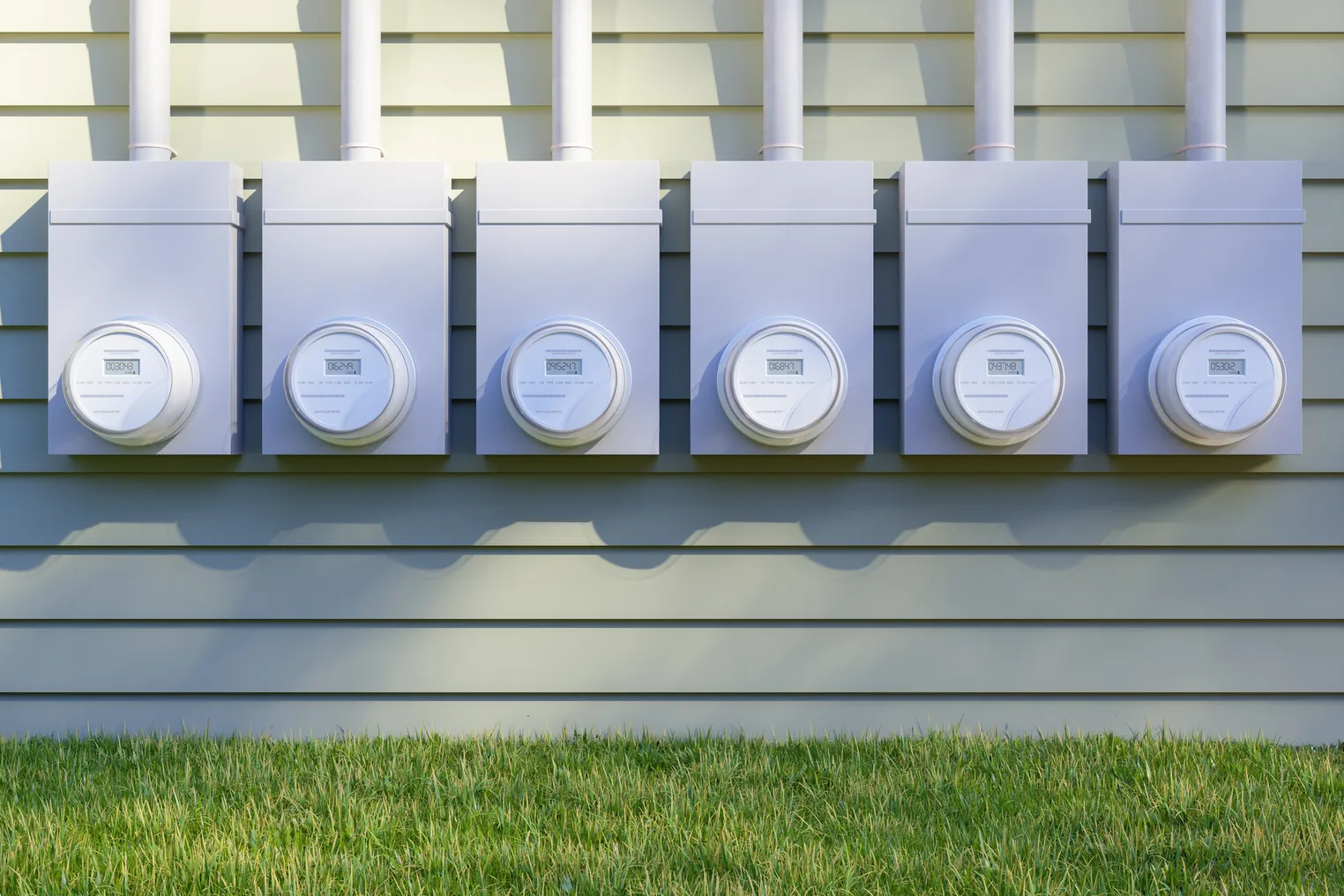
97% of smart meters fail to provide promised customer benefits. Can $3B in new funding change that?
An Aug. 30 Request for Information, or RFI, from the U.S. Department of Energy on how best to use $3 billion in infrastructure bill smart grid funding is raising expectations among energy management services providers about a new round of smart meter deployments by utilities across the country.
It is also raising questions about unrealized benefits from 2009’s taxpayer- and ratepayer-funded billion-dollar American Recovery and Reinvestment Act, or ARRA, smart meter investment.
By the end of 2022, there will be over 124 million smart meters installed in 78% of U.S. households, according to data released in April by the Edison Foundation’s Institute for Electric Innovation. But less than 3% of today’s smart meters fulfill 2009 promises of customer savings and that must be prevented in the coming Energy Department-funded deployment, according to a September analysis by Mission:data Coalition.
“Utilities used federal and state funds to deploy smart meters and many explicitly promised to empower customers” to lower bills and earn rewards for supporting system peak demand reductions, said Mission:data President and analysis lead author Michael Murray. “The public policy failure is that utilities benefited from returns on capital expenditures and reduced operational costs but did not deliver those customer benefits,” he said.
There are reasons customer benefits have been limited, utilities said.
“Our web portal allows customers access to historic data and helps them take the steps to obtain near real-time data,” said Fort Collins Utilities Energy Services Manager and Policy Advisor John Phelan. But that “is an impractical, time-consuming process and customers lose interest in it after a few weeks,” he said.
Utilities can streamline real-time data access to enable greater customer and system benefits with “non-discriminatory” and “interoperability” standards, Murray and other smart meter advocates said. But that may compromise concerns of customers and regulators about system security and customer privacy protections, utilities said.
Big potential value
Smart meters are “a key technology” that facilitate “new and expanded services,” an April 2021 Edison Foundation report recognized. They can lead to “smart home energy management, load control, budget billing, usage alerts, outage notifications, and time-varying pricing” as well as improved visibility for system operators, it added.
In California, where regulators require utilities to enable some access to smart meter data, its value was demonstrated during nine system operator alerts for customer usage reduction in early September.
Energy manager OhmConnect’s California customers earned “over $2.7 million,” for reducing dispatch 1.5 GWh during those nine days, its CEO and founder Cisco DeVries said. And Google Nest smart thermostats “reduced usage 72 MW,” Google Nest Head of Energy Partnerships Hannah Bascom reported.
But inadequate real-time data was exchanged between California’s market operator and the state’s many distributed resources, and significant potential capacity was depleted before the most challenging evening peak demand spike, reducing the system benefit the state could have obtained, according to a Bloomberg Sept. 7 report.
Real-time data from smart meters on customer usage is “critically important” to optimizing distributed resources to deliver customer and system reductions, said a June 24 letter to the New York State Public Service Commission, or NYPSC, from advocacy groups. But as in many states, New York customers currently need “expensive and duplicative” equipment to obtain real-time data, the letter said.
Utilities are effectively using granular smart meter data to obtain meter billing data and reduce operational expenses for customer services, but access for customers and third-party energy management services is difficult and costly, DeVries, Murray and others said.

The problem
Almost 17.4 million ARRA-funded smart meters have been deployed by utilities since the 2009 Energy Department funding by 77 representative investor-owned utilities — 89.7% with real-time data access capability — but only 2.9% were “enabled” by utilities, Mission:data reported. And historical data was accessible in only 14.3%, it added.
Two steps are needed for customer access to real-time smart meter data. Customers first must install a Zigbee or other type of network solution that communicates with the meter. They must then authenticate their identity through the utility and, if they choose, authorize access for a third-party energy management service.
Energy management providers can install their own metering equipment but “electrical rewiring makes it expensive and impractical in 99% of homes,” Mission:data’s Murray said. “The real question is whether smart meters should benefit utilities, customers, or both,” he added.
Smart Energy Consumer Collaborative surveys verify customer “disgruntlement” with utility processes that make data sharing difficult, SECC President and CEO Nathan Shannon said.
“About two-thirds of consumers” would share their electricity usage information with third parties to reduce their bills if the process was more accessible for them, he added. But 93% of surveyed customers also expect utilities to protect their data, which utilities say is a major impediment to enabling that access, SECC found.
Third parties are “begging” utilities to enable customers and energy management providers to fulfill promises of benefits, “but utilities have many excuses,” Murray said.
But the difficulties customers have accessing their data, especially real-time data, are not excuses but power system realities, utilities responded.

Utility realities
Utilities recognize the potential of smart meters to empower customers to better manage their usage, but they are “regulated entities” and “must work closely with their state commissions to manage both customer privacy issues and cybersecurity threats,” Edison Foundation Institute for Electric Innovation Executive Director Adam Cooper emailed.
Utility websites do allow customers to “readily view” historic usage and some enable sharing with third parties, Cooper added.
In New York, though, Consolidated Edison “has declined to enable real-time functionality” and Avangrid and National Grid have not yet reported when they will make it available, the joint advocates’ June 24 letter to the NYPSC said.
Customer access to real-time smart meter data will follow “physical deployment,” expected to begin in Q4 2022, and will be completed in 2026, Avangrid spokesperson Kelly Packard responded, citing Avangrid NYPSC filings.
But enabling smart meter data access for customers and third parties “raises cybersecurity concerns” and faces “technical constraints,” said Consolidated Edison spokesperson Allan Drury. It would also “be expensive and provide little value added” to data currently available through ConEd’s web portal, he added.
Michigan’s DTE Energy makes real-time data access available, but customers can only use equipment from the utility’s affiliate and must pay $1.99/month, Mission:data reported.
The per month equipment “rental fee” to DTE’s affiliate allows customers access to real-time usage data through the utility website, said DTE Energy Spokesperson Brynn Guster. “Customers are empowered to see their usage through other ways without a fee,” but that could introduce authorization issues and other complications because customers must do it “safely,” she added.
“The whole purpose of smart meters was to empower customers,” Southern California Edison spokesperson David Song acknowledged. But customer and third-party access requires “precautions” to safeguard customer data and privacy, he added.
Only Colorado’s Fort Collins Utilities, or FCU, was identified by the Mission:data research as providing a viable process without a charge for both real-time and historic data usage access, Murray said.
With current technologies and privacy and security concerns, “real-time is a rabbit hole” and “we don't promote it,” responded FCU’s Phelan. Historic data is available through FCU’s web portal, and the utility recognizes customers right to their real time data, he said.
With two-factor authentication and added equipment, customers can access real-time data and authorize sharing it with third parties, he added. “But they often get bored” and “do not share the data,” he said.
“Smart meter software was not designed to share data with individual consumers,” Holy Cross Energy President and CEO Bryan Hannegan said. “Customers should have access to it, but no commission or board would allow the potential security risk” of access to “the utility’s cash register” without protections, he added.
HCE’s aggressive development of distributed resources might soon make dynamic price signals more important for system peak demand management, which is why it is building “a fiber optic distribution network,” Hannegan said. When utilities like HCE need customer or third-party responses in real-time, they may prefer to use their own smart networks, he said.
But because that network could make real-time smart meter data easier for customers to access, HCE has also consulted with third-party energy management services, said Hannegan, a former Energy Department researcher. Third parties can “absolutely” support customers in providing the system with valuable demand flexibility, “if there is a value proposition" for them and the utility, he acknowledged.
California’s experience shows customer access to real-time data does not compromise privacy or security, Mission:data’s Murray insisted. Utilities’ excuses “hide concern with revenue losses from lower kWh sales,” an intent to avoid “liability and customer support burdens,” or “competition from third parties for services they may eventually offer,” he said.
Energy management service providers disagreed about Murray’s assertions.

Energy managers differ
Some third-party energy managers work with utilities and others do not.
Enrollment with OhmConnect starts with the simple entry of the customer’s utilty and zip code at its website, but it gets complicated when the customer clicks through to the utility website, DeVries said. Some 60% of its enrollees become lost because they must provide the utility with detailed identifying information and go through an online or written authorization process to allow OhmConnect access, he said.
“There are legitimate privacy and security issues,” but “if utilities simplify the process, the one in six U.S. customers behind in today’s utility bill affordability crisis can get important bill savings,” he said. OhmConnect customers in Texas “have reduced their energy bills up to 20%,” and California customers “earned $2.7 million” in September, he added.
Data is “the gateway to the clean energy transition with a trillion-dollar power sector benefit,” and “utilities blocking access to it is nearly criminal bad faith,” DeVries insisted. Utilities must learn to work with customers and third-party energy management services because “it is not their data,” he said.
Bidgely “is an energy management solution provider to utilities” that helps utility customers reduce their bills, said Bidgely CEO Abhay Gupta. Direct third-party energy management for customers, instead of working through the utility, “has not proven a scalable business model, and utilities cannot make it viable, because the problem is consumers’ lack of interest” and the technical difficulties and costs, he added.
“Making the consumer experience better has always been challenging,” agreed Plugged-In Strategies President and consultant Chris Villarreal, a former staffer at the California and Minnesota utility commissions. But “utilities can make access to data easier,” he said.
If utilities prioritize their uses ahead of consumer and authorized third party access, “that may be leveraging monopoly power at the expense of the competitive market,” Villarreal added.
Given past abuses of data in other industries, “utilities are justifiably worried about privacy and security, but there are potential solutions,” said Seth Frader-Thompson, CEO of energy management software provider Energy Hub.
One solution is an “independent statewide data platform manager that calculates and reports performance,” he said. Another is “allowing limited access to utility data, with guardrails to prevent a breach of customer confidentiality,” he added.
Such solutions may soon receive consideration by the Energy Department.
For the new deployment
Responses to the Energy Department RFI will inform use of funding from the 2021 Infrastructure Investment and Jobs Act, “a once-in-a-generation” modernization of the power system, the RFI said. An approximately $3 billion investment through 2026 will go into the three topic areas of the Grid Resilience and Innovation Partnerships program.
DOE is seeking ways its competitive grants can fund innovative technologies and strategies for preventing outages and enhancing reliability and resilience, as well as advancing system flexibility, the RFI said. A $3 billion Smart Grid Investment Grant Program, part of the $10.5 billion in infrastructure bill funding for power system advances, includes a special focus on technologies to aggregate and integrate technologies like smart meters.
Grants will go to projects that “support data standards, interoperability, and non-discriminatory data access on a real-time basis,” the RFI said. Federal funds will cover no more than 50% of total project costs up to a $30 million federal share, it added. Stakeholder responses to the RFI are due Oct. 14.
“The key phrase in the RFI is ‘non-discriminatory access to real-time data’ because it suggests DOE is learning from its mistakes,” Mission:data’s Murray said. If it remains in the final funding opportunity announcement, it would make it “discriminatory” for utilities to obstruct access to data, and “non-compliance would put utilities in breach of contract,” he said.
DTE and Avangrid declined to offer recommendations for the Energy Department RFI.
New competitive market opportunities for customer benefits “were not realized in the first smart meter deployment,” recalled Plugged-In Strategies’ Villarreal. “The new investment should ensure that open standards, interoperability, and open access are prioritized and that failure to deliver them is enforced,” he added.
“The new billion-dollar ratepayer and federal investment in the next generation of smart meters must enable better outcomes for customers,” DeVries added. “Maybe customers will use them, or maybe they won't, but that is not a utility decision, it is the customer’s.”

